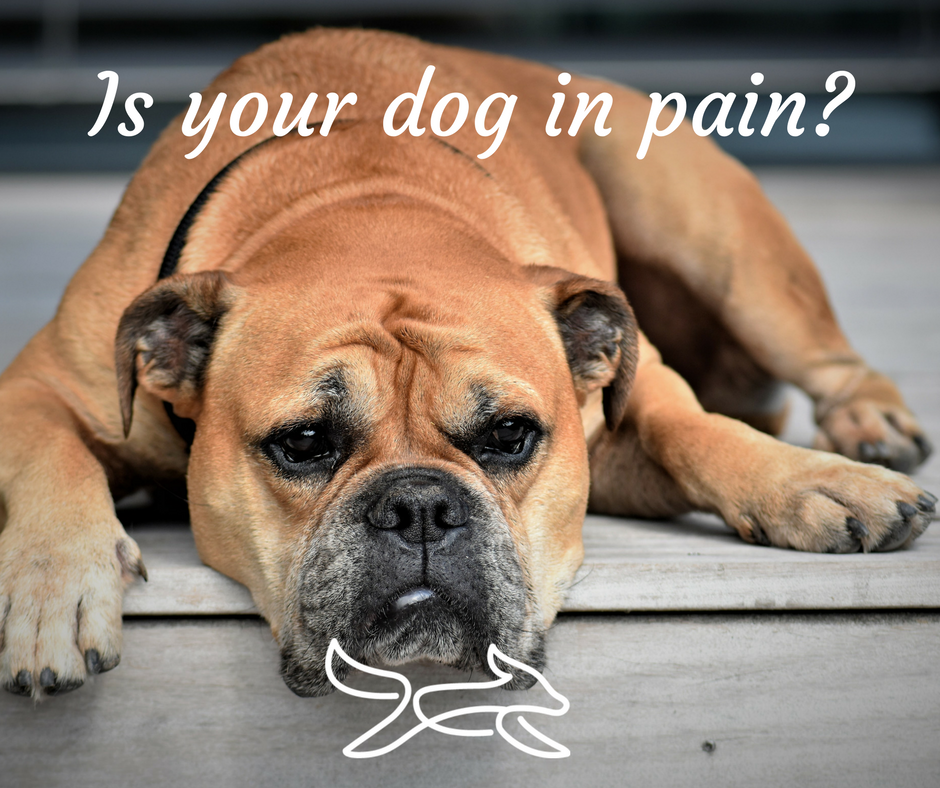What are the signs your dog is in pain? Does your dog have a muscular injury? How can you avoid muscular injuries?
We address these questions in this article.
Dogs that exercise regularly live longer and are happier. However we need to be wary of over-exercising our dogs especially puppies and senior dogs. Make sure to incorporate rest days between intense workouts to allow the muscles to recover.
Dogs will not over-exercise themselves. It is humans who push them too far for example by exercising them while bike riding. Be sensitive to your dog's behaviour and watch for signs your dog is in pain.
What are the signs your dog is in pain?
Many dogs will push themselves because they love being with their owners and are eager to please. As such we need to be watchful for these signs that the dog is in pain:
- Excessive panting
- Lagging behind
- Limping
- Laying down
- Reluctance to go for a walk
- Rolling back muscles indicating muscle fatigue
How do you know when your dog has a muscular injury?
Serious injuries like limps are obvious but most times signs of muscular injuries are not obvious to the untrained eye. To identify injuries, I recommend owners train themselves to be observant of their dog's movement and behaviour. Observe your dog daily so you are cognisant when he or she has an injury. Study your dog stretching, turning, walking, running. Study your dog well so that you will notice subtle signs like tightness, tenderness and restricted movement. Early detection and prompt attention to any muscular injuries is important so that it does not become an issue.
When a dog's structure is perfectly aligned and muscles are toned, its movement is balanced and graceful. Any muscular injuries will cause a change of gait.
How can you avoid muscular injuries?
Muscular injuries can be unpredictable especially in young dogs who play roughly. Here we will only address how you can protect your dog from preventable injuries.
1. Warming up
Preparing the muscles for activity by warming them up will decrease risk of injury. Warm up exercises include
- Brisk walking
- Stretching (For eg Stand on hind legs on a park bench to give the back a good stretch)
- Playing tug (excellent for actively stretching the whole body but BE GENTLE!)
- Bowing
- Backing up
- Circles
2. Avoid over-exercising your dog
Exercising your dog to the point of muscle fatigue is dangerous. When the muscles are fatiqued, they are at risk of harm from muscle strains as well as ligament and joint damage.
3. Follow a strength and conditioning program
A well designed strength and conditioning program will strengthen muscles, joints, ligaments and tendons. Why is this important? Stronger muscles help hold the body in proper alignment when moving or under impact. A good program will also address weak areas in the body to decrease risk of injury.

